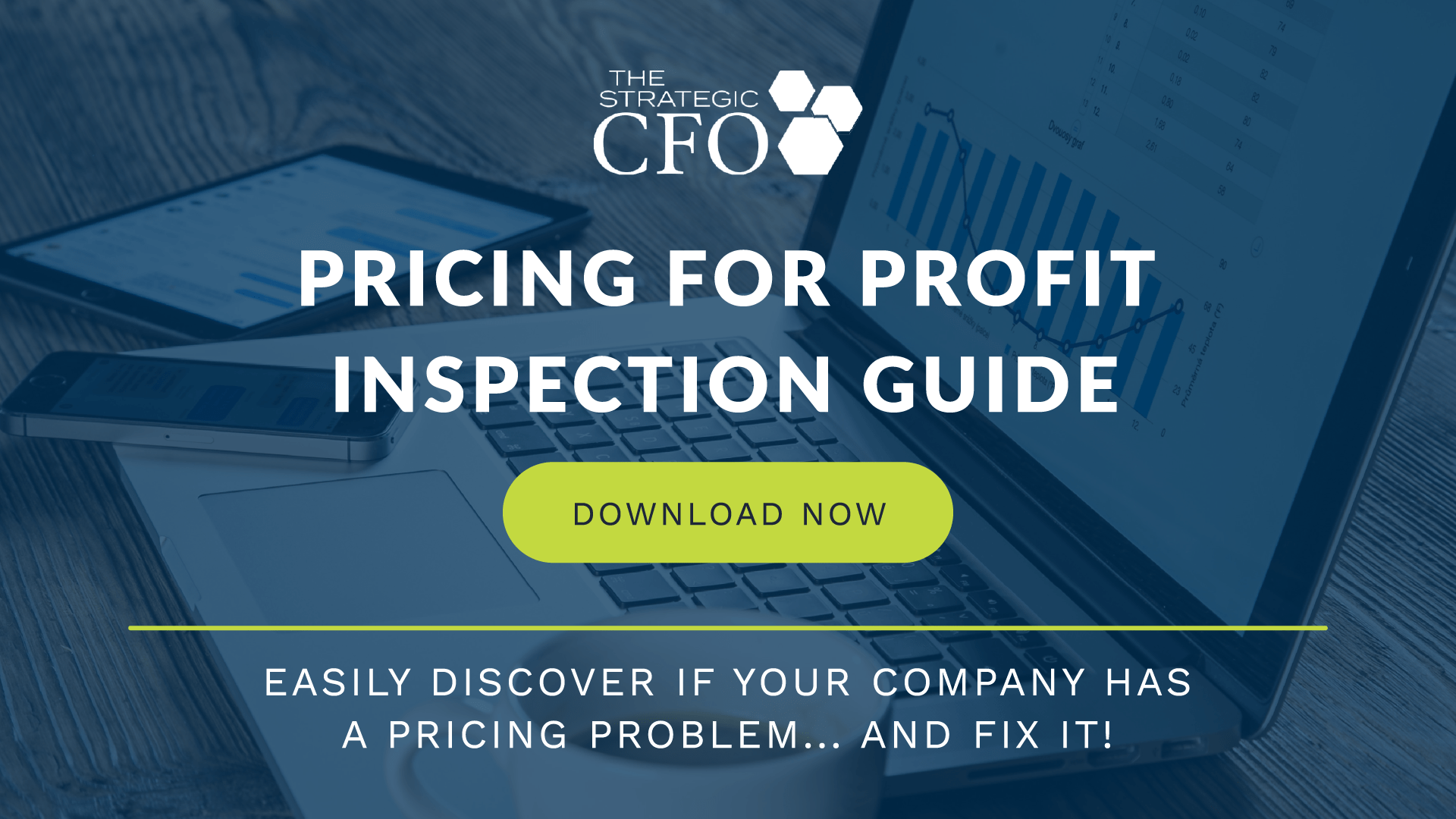See also:
Identifying Profitable Customers
Segmenting Customers for Profit
3 Benefits of an Analysis of Customer Profitability
Customer Profitability Definition
The customer profitability definition is “the profit the firm makes from serving a customer or customer group over a specified period of time, specifically the difference between the revenues earned from and the costs associated with the customer relationship in a specified period” (Wikipedia). In other words, customer profitability focuses on the profitability of a specific customer. How much revenue do they bring in? How much time, resources, etc. do they require from your company? By calculating the profitability of each customer, you have some great business insights on productivity, resource allocation, etc.
For example, if your customer service department is overwhelmed with work, then you can assess the number of requests per paying client. If a customer that is at the towards the bottom for revenue and the top for requests, then you can conclude several things. Those can include that you need to either increase their price, fire that customer, or limit the amount of requests for that customer.
[button link=”https://strategiccfo.com/pricing-for-profit-inspection-guide?utm_source=wiki&utm_medium=button%20cta” bg_color=”#eb6500″]Click here to Download the Pricing for Profit Inspection Guide[/button]
The Purpose of Measuring Customer Profitability
Customer profitability is a key metric utilized to inform decision making in various areas of the company. These decisions affect the value exchange between the customer and the company. Once we measure the profitability of our customers, we are now able to understand who our customers are and how we make a profit. It can provide great insights on the business that lead to focusing on what is best for the customer.
How to Measure Customer Profitability
Before you measure customer profitability, you need to confirm how your company calculates revenue and expenses. Remember, Profit = Revenue – Expenses. Some companies recognize revenue when it is received (cash basis accounting). But we recommend that organizations use accrual basis accounting – or recognize revenue when it is earned. If you are bigger than a hot dog stand, then you should be using accrual accounting. In regards to expenses, it’s also important to allocate as many expenses through the customer as possible. Think about capital, debt, operational costs, etc.
Once you have figured out the respective revenue and expenses for a specific customer, then you are able to calculate its profitability. Next, you need an analysis all of your customers.
Customer Profitability Key Performance Indicators
There are various KPI’s that can help you understand how your customer profitability is doing at the moment. Here are examples of a few:
Average Revenue Per User (ARPU)
A measurement of the average revenue generated by each user or subscriber of a given service. Use the following formula to calculate the average revenue per user (ARPU):
Total Revenue / Total # of Subscribers
Customer Lifetime Value (CLV)
A projection of the entire net profit generated from a customer over their entire relationship with the company. Use the following formula to calculate the customer lifetime value (CLV):
Annual profit per customer X Average number of years that they remain a customer – the initial cost of customer acquisition
[box] If your customer isn’t valuable or is costing you too much, then reassess your pricing. Click here to learn how to price for profit with our Pricing for Profit Inspection Guide. [/box]
Customer Profitability Analysis
Customer analysis, defined as the process of analyzing customers and their habits, is one of the most important areas of study in a business.
By observing the actions of various customers you start to see a trend of what your average customer is like and what their habits look like. This is a hint at who your target market could be. Behavioral trends amongst customers are important in how your company decides to carry on their marketing efforts. Once you analyze your customer base and determine your most profitable customers it is important to allocate the majority of your efforts towards them to make your most profitable customer your target customer.
Managing Customer Profitability
Managing customer profitability is larger than just the sales or fulfillment of product/service for the customer. It also includes marketing, finance, customer service, product, and operations. If you manage the profitability of customers, then you will have a better chance of catching areas of inefficiencies.
Areas to Improve Profitability
Some ways to improve customer profitability are to change the way you provide commission to the salesperson. Instead of paying their commission based on revenue, base it on the profitability. This can either be focused on the margin percentage (i.e. a sliding scale) or on the dollar amount in profits.
Why It’s Important to Manage
Managing customer profitability is important for various reasons, not only does it set you apart from the competition by providing more value to your customers, but it also improves the company’s revenues. When you manage customer profitability you are making the value exchange from company to customer more efficient and more profitable.
If you are looking for other ways to improve profitability, then download our Pricing for Profit Inspection Guide.

[box]Strategic CFO Lab Member Extra
Access your Strategic Pricing Model Execution Plan in SCFO Lab. The step-by-step plan to set your prices to maximize profits.
Click here to access your Execution Plan. Not a Lab Member?
Click here to learn more about SCFO Labs[/box]






















